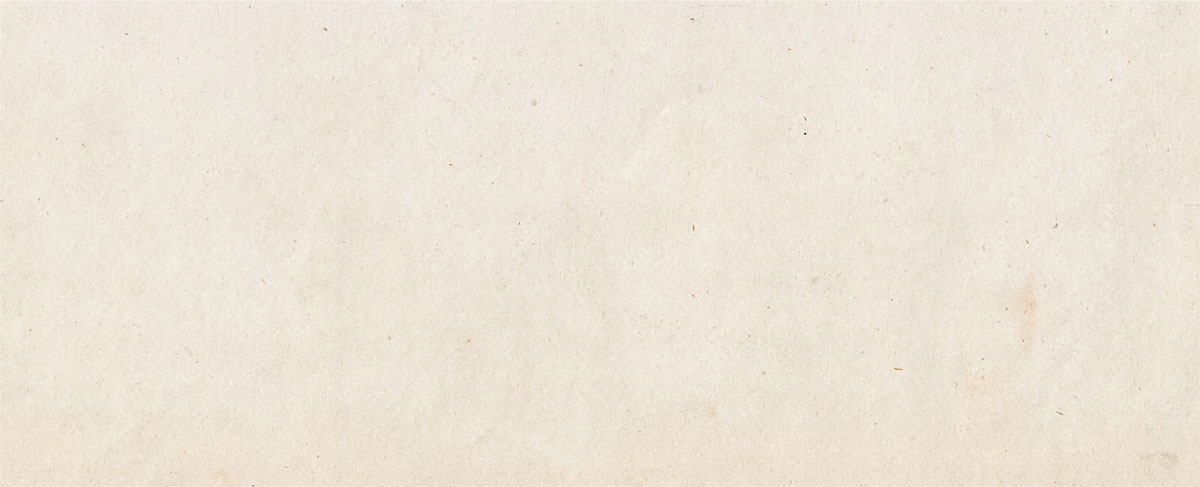Grapes and Wines of Bordeaux
10.06.10
Bordeaux is a region in western France known for its production of red wine. The region’s history in wine making can be traced back to 71 AD when the first recorded evidence was documented by Roman philosopher Pliny the Elder. It is believed, however, that the region was host to vineyards begun by Romans nearly 200 years prior.
On average, this region can produce over 700 millions bottle of Bordeaux wine, though this number has been as high as 900 million. Of the wine produced here, 88% is red with notable sweet white wines, dry whites, rosé and sparkling wines making up the remainder.
Wines in Bordeaux are made by 10,000 producers from the grapes of 13,000 grape growers.
The Bordeaux region’s successful winemaking stems from an environment conducive to growing vines. Limestone makes up the region’s foundation, which creates soil rich in calcium. The Gironde Estuary runs through the region and provides an Atlantic or oceanic climate. Some of the best vineyards are found on the well-drained gravel near the Gironde River. In fact, there is an old adage in Bordeaux that says the best estates can “see the river” from their vineyard.
Red Bordeaux, known as claret in the United Kingdom, is generally made from a blend of several grapes: Cabernet Sauvignon, Merlot, Cabernet Franc, Malbec, and Petite Verdot.
White Bordeaux is made up predominantly, and exclusively in the case of the sweet Sauternes, from Semillion, Sauvignon Blanc, Muscadelle grapes.

Almost all wines in Bordeaux are blended wines. There are very few producers that still make single-variety wines.
Typically, the most predominant blend consists of Merlot and Cabernet Sauvignon (and/or Cabernet Franc) with small amounts of Petit Verdot and Malbec.
Most White blends are 80% Semillion and 20% Sauvignon Blanc.

